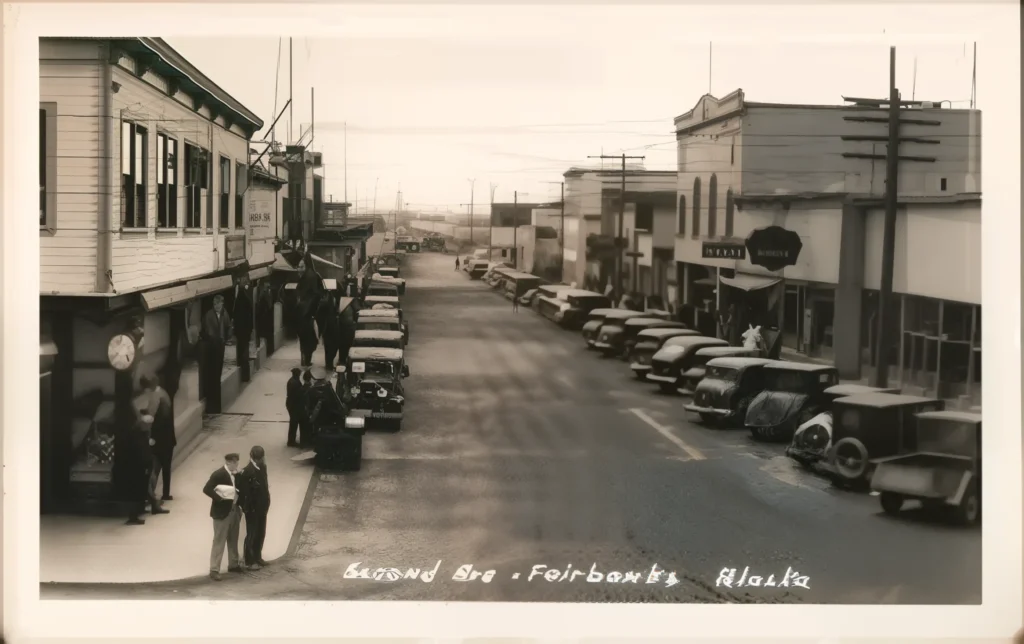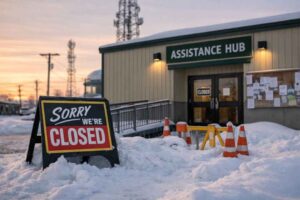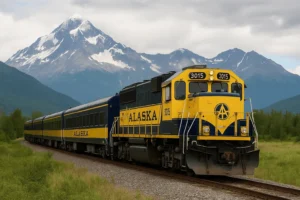On this day in 1940, Fairbanks, Alaska, made a significant leap into the future of urban development. The city’s first paved street, Second Avenue, was officially opened to traffic, making history as the “farthest north paved road in America.” At the time, this was a monumental achievement in a city that had long endured the challenges of a harsh environment. The paving of Second Avenue was more than just a road project; it was a sign of Fairbanks’ evolving infrastructure and growing importance.
1. The Historical Context: What Was Fairbanks Like in the 1940s?
In the early 20th century, Fairbanks was a frontier town, shaped by its location in the remote interior of Alaska. The city was known for its gold mining industry, but infrastructure was limited, and many roads were still dirt or gravel. Paving a street in such a northern location was not only a technical challenge but also a symbol of progress. The decision to pave Second Avenue was rooted in the desire to modernize and keep up with the city’s growth
In 1940, the population of Fairbanks was 3455, but the need for better roads had become pressing due to the expansion of businesses and increased transportation needs. Paving Second Avenue marked the beginning of an urban transformation, as it was reportedly the farthest north paved street in the United States at the time. The achievement was seen as a bold move in a city where snow, ice, and permafrost posed constant challenges for development.
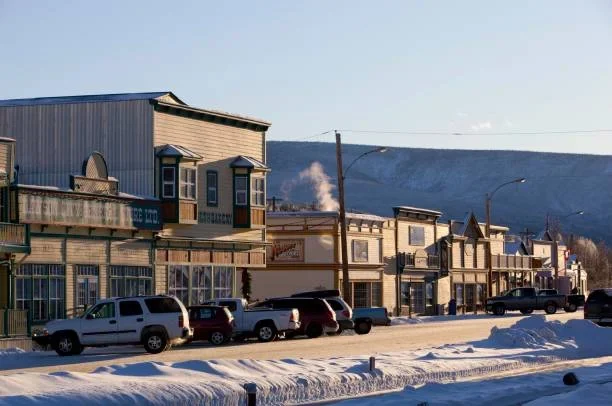
2. Second Avenue’s Importance: A Key Connector for Commerce and Transport
Second Avenue has always been a vital part of Fairbanks’ commercial landscape. Located in the heart of the city, it connects many key businesses, government offices, and residential areas. Before the street was paved, travel on Second Avenue was difficult during the spring thaw and winter freeze, leading to muddy conditions and uneven surfaces. The new asphalt provided smoother and more reliable access to shops, offices, and transportation routes.
One of the top attractions of Fairbanks, the Fairbanks City Hall, stands as a testament to the city’s growth. The newly paved street also made it easier for buses, trucks, and cars to navigate the area, facilitating trade and commerce. Over time, this infrastructure played a crucial role in the economic expansion of the city, helping Fairbanks become a hub for northern Alaskan activity.
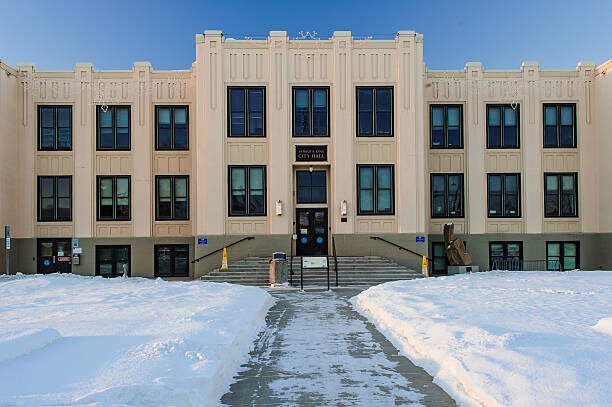
3. Cultural and Historical Impact: A Turning Point for Fairbanks
The paving of Second Avenue was more than just a practical development; it symbolized the broader changes happening in Fairbanks during the 1940s. It reflected the city’s resilience and ability to adapt to harsh environmental conditions. The fact that it was the northernmost paved street in the country added to the sense of pride and accomplishment felt by locals. This event marked a turning point in Fairbanks’ development.
It was the first step in a series of improvements that would eventually lead to the growth of urban infrastructure in the region, which was once considered inhospitable for large-scale development. The paving of roads and streets laid the groundwork for modern amenities, schools, businesses, and public services, all of which played a role in transforming Fairbanks into the thriving city it is today.
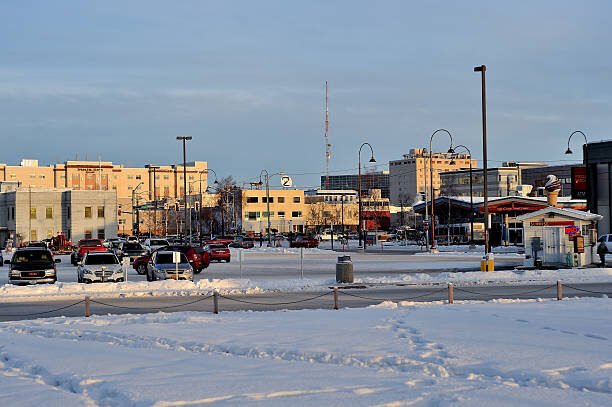
4. Visual Element: Then vs Now—The Evolution of Second Avenue
To truly understand the transformation, we can compare historical and modern-day images of Second Avenue.
1940s View of Second Avenue (Looking East from Cushman Street)
In this iconic 1940s photo, Second Avenue looks remarkably different from today. The street is bustling with early automobiles, many of which were quite different in style and design from those we see today. The buildings lining the avenue were simpler, and the street had yet to undergo the expansions and renovations that would follow in the decades to come.
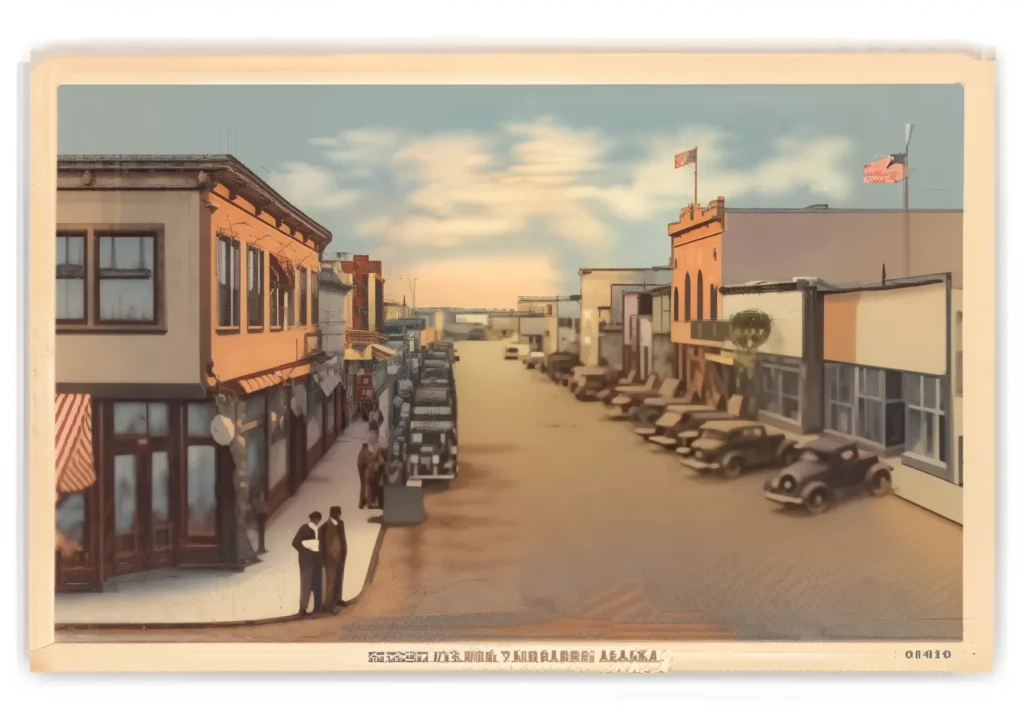
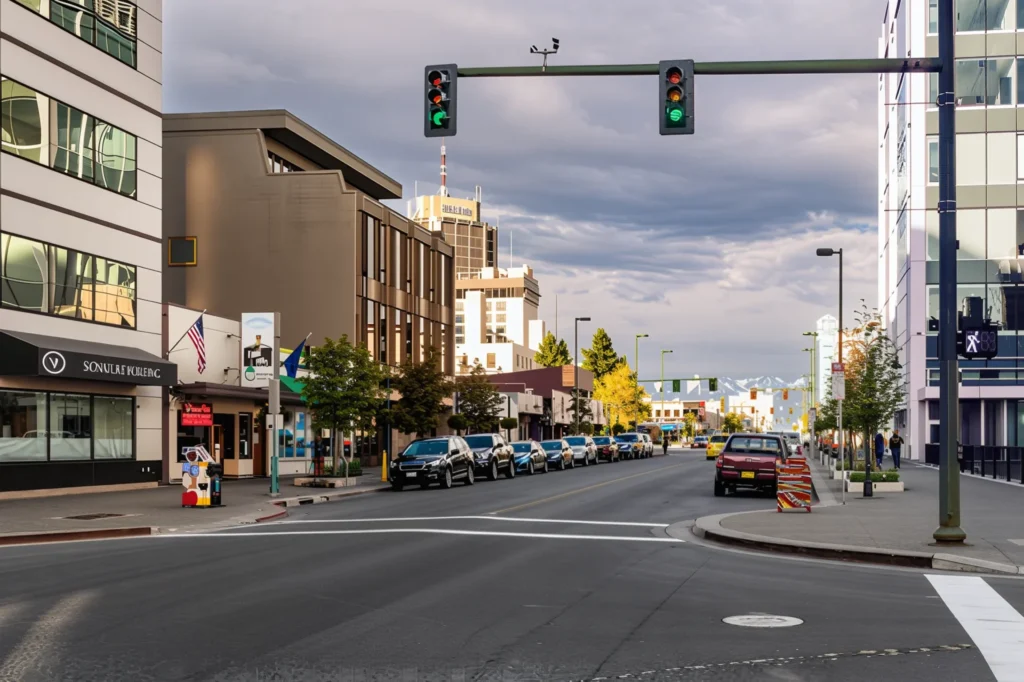
Modern-Day Second Avenue
Looking at a more recent image of Second Avenue from Google Maps, it’s clear how much the street has changed. Today, Second Avenue is wide, well-maintained, and filled with modern infrastructure. The road has become part of a well-developed urban landscape, with shopping centers, public facilities, and office buildings lining both sides. It’s a far cry from its dirt road origins in the 1940s but still holds onto its historical significance.
5. Local Voices: Reactions to the Paving
While no direct quotes from locals in 1940 exist, the historical record of Fairbanks suggests that residents were overjoyed by the progress. Local newspapers hailed the paving as a sign of modernity and a new chapter for the city. Today, many people still view Second Avenue as a critical piece of Fairbanks’ growth story.
Conclusion
The paving of Second Avenue in 1940 was a significant achievement for Fairbanks and remains a symbol of progress and resilience. From the “farthest north paved road” to a vital urban connector, Second Avenue’s transformation mirrors the city’s larger journey from frontier town to modern city. It reminds us of how infrastructure development can serve as a foundation for growth, especially in the challenging conditions of Alaska.






